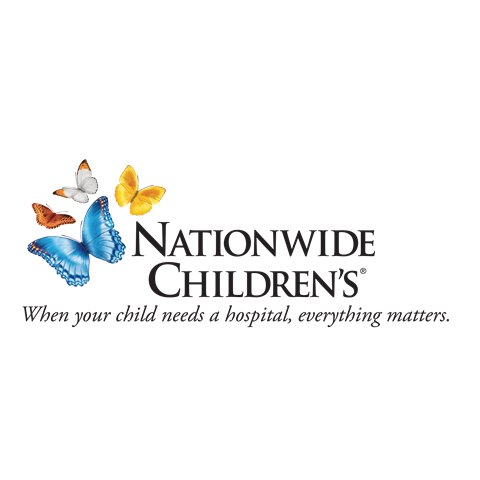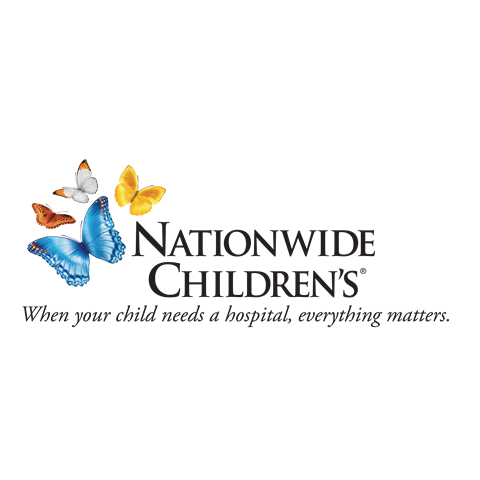Available Technologies
# of Displayed Technologies: 10 / 10
Applied Category Filter (Click To Remove): Research Tools/Clinical Tools/Other
Categories
 Preference Cards and Decision Aid to Facilitate Shared Decision Making in Contraceptive Counseling
Preference Cards and Decision Aid to Facilitate Shared Decision Making in Contraceptive Counseling
TS-001224 — Decks of cards have been used to facilitate knowledge for decades. A team of researchers led by Dr. Elise Berlan have developed a series of cards that combine summaries of contraceptive counciling information and patient preferences. This includes key components of contraceptive preferences which can then be used with a care provider to determine the best form of contraceptive for the patient's preference and decreases the stigma associated with discussing topics like contraceptives as adolecents or young adults.
- College:
- Inventors: Berlan, Elise
- Licensing Officer: Murrah, Kyle
 RyaBhata: A Shiny R Application for Single Cell Transcriptome Data Analysis and Visualization
RyaBhata: A Shiny R Application for Single Cell Transcriptome Data Analysis and Visualization
TS-001035 — Shiny R is an open source platform that allows a framework to develop online applications. With minimal required background in coding principles, a team of researchers at Nationwide Children’s Hospital were able to display and interact with the analysis made of single-cell transcriptome. Shiny R generates visualizations that include UMAP plots and presents features of single-cell RNA and transcriptomic data without extensive training in R programming. Improvements made on this existing technology includes importing data, cell filtration, principle component analysis, clustering, dimensional reduction, merging datasets, and Graphical user interface (GUI)-based generations of gene expression plots. This significantly improves the visualization and analysis of single-cell transcriptome analysis.
- College:
- Inventors: Manivannan, Sathiyanarayanan ; Garg, Vidu
- Licensing Officer: Murrah, Kyle
 Automated Processing of Venous Intravascular Ultrasound Image
Automated Processing of Venous Intravascular Ultrasound Image
TS-001033 — Intravascular Ultrasound Images (IVUS) is a process that uses micro technology to provide images of blood vessels, their inner walls (endothelium) and the inside of veins. The analysis of these images allows clinicians to analyze luminal and scaffold boundaries, identify the presence of stenosis, and perform computations of various geometric quantities. This process is fully automated and therefore eliminates inconsistencies and inefficiencies that are a direct result of current semi-automated or complex fully automated systems already in place.
- College:
- Inventors: Ulziibayar, Anudari
- Licensing Officer: Murrah, Kyle
.png) Neuromuscular GRO worksheet
Neuromuscular GRO worksheet
TS-000596 — Spinal Muscular Atrophy (SMA) is a severe neuromuscular disease and the leading genetic cause of infant mortality. Moreover, existing treatments suffer from notable floor and ceiling effects and also poorly discriminate improved motor performance in patients. To circumvent these challenges, researchers at Nationwide children’s have developed the Neuromuscular Gross Motor Outcome (GRO) worksheet. The GRO worksheet is a gross motor outcome measure designed to assess whole body strength, motor development and function for all levels of ability across the lifespan in those diagnosed with SMA. Hence, the GRO worksheet is the ideal outcome measure tool for SMA or similar conditions to answer the need to quantity gross motor ability across a wide age span.
- College:
- Inventors: Lowes, Linda; Alfano, Lindsay; Iammarino, Megan; Reash (Miller), Natalie
- Licensing Officer: Murrah, Kyle
 Lowes Lab Ambulatory Status Algorithm (LASA)
Lowes Lab Ambulatory Status Algorithm (LASA)
TS-000501 — Research in the field of neuromuscular disease is increasing at an astonishing pace. However, there is no current standardization in the evaluation of the ambulatory status of patients. Researchers at Nationwide Children’s have devised a guide that stratifies patients into ambulatory statuses for data analysis and group assignment. Unlike the traditional binary stratification, this method adds a third stratification which is very important for clinical trial planning and an accurate assessment of the ambulatory status of patients.
- College:
- Inventors: Lowes, Linda; Reash (Miller), Natalie
- Licensing Officer: Murrah, Kyle
 Development Using CRISPR/Cas9 of a TTN Based Cardiomyopathy Mouse Model TTN219
Development Using CRISPR/Cas9 of a TTN Based Cardiomyopathy Mouse Model TTN219
TS-000382 — Experts at Nationwide Children's Hospital have developed a novel Titin-deficient mouse, TTN 219, in order to study limb girdle muscular dystrophy type 2J (LGMD2J) based on a documented patient mutation. The TTN219 mouse model was developed using CRISPR/Cas9 technology therefore the time required to modify the Titin gene is reduced as well as off-target insertions into the mouse genome. Our experts have demonstrated functional deficits in skeletal muscles of the TTN219 mouse model and plan to use this model to test therapeutic strategies intramuscularly and systemically to restore Titin protein function.
- College:
- Inventors: Rodino-Klapac, Louise ; Potter, Rachael
- Licensing Officer: Murrah, Kyle
 Titin (TTN) Based Cardiomyopathy Mouse Model TTN219
Titin (TTN) Based Cardiomyopathy Mouse Model TTN219
TS-000381 — Titin (TTN) plays essential roles in both skeletal and cardiac muscle and when functioning improperly has devastating effects on muscle like dilated cardiomyopathy. Gene therapy experts at Nationwide Children’s Hospital have utilized CRISPR/Cas9 technology to develop a new mouse model of dilated cardiomyopathy referred to as TTN326. Utilizing the CRISPR/Cas9 technology to produce a mouse model instead of traditional methods has reduced the time required to modify the Titin gene as well as off-target insertions into the mouse genome. Our experts have demonstrated functional deficits in skeletal muscles of the TTN-326 mouse model and plan to test therapeutic strategies intramuscularly and systemically in this model to restore Titin protein function.
- College:
- Inventors: Rodino-Klapac, Louise ; Potter, Rachael
- Licensing Officer: Murrah, Kyle
 Therapeutic Heat Shock Dulation of SMN levels in Spinal Muscular Atrophy (SMA)
Therapeutic Heat Shock Dulation of SMN levels in Spinal Muscular Atrophy (SMA)
TS-000193 — SMA currently has no treatment and is the result of an mRNA splicing defect which we have found can be corrected with heat shock. We propose using increased temperature, small molecule activators of heat shock response, or other mechanisms for inducing the heat shock response for treatment of SMA.
Spinal Muscular Atrophy (SMA) is a neurodegenerative disease that occurs in 1 of every 6,000 births, and is caused by low levels of the SMN protein. SMA patients have inherited deletions or mutations of SMN1, one of two genes encoding SMN. SMN2 contains a translationally silent single nucleotide swi…
- College:
- Inventors: Chandler, Dawn; Dominguez, Catherine
- Licensing Officer: Murrah, Kyle
 Vitrification Insert Device for Cryovials
Vitrification Insert Device for Cryovials
TS-000188 — Cost-effective vitrification insert for currently available cryovials
Vitrification provides many advantages over slow cooling cryopreservation methods, but requires the use of expensive, specialized tools. Investigators at Nationwide Children's Hospital have invented a vitrification insert device that can be manufactured with inexpensive, sterilization-durable ma…
- College:
- Inventors: McLaughlin, Kenneth
- Licensing Officer: Murrah, Kyle
.png) Transfected Cell Line for Drug Discovery Aimed at Splicing Correction
Transfected Cell Line for Drug Discovery Aimed at Splicing Correction
TS-000113 — Technology Overview
Researchers at the Research Institute have developed a stably transfected cell line that expresses wild type survival motor neuron gene-2 (SMN2) that can be used as a drug discovery tool aimed at gene splicing correction. SMN2 is a potential therapeutic target for Proximal Spinal…
- College:
- Inventors: Chandler, Dawn; Bebee, Thomas; Gladman, Jordan
- Licensing Officer: Murrah, Kyle
